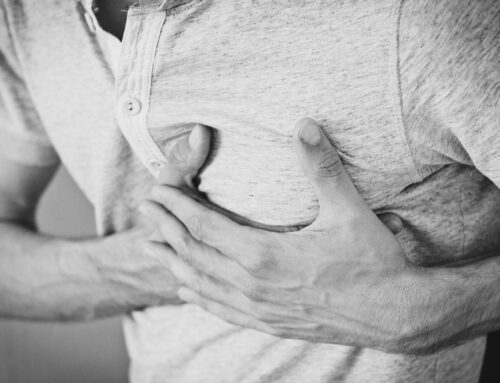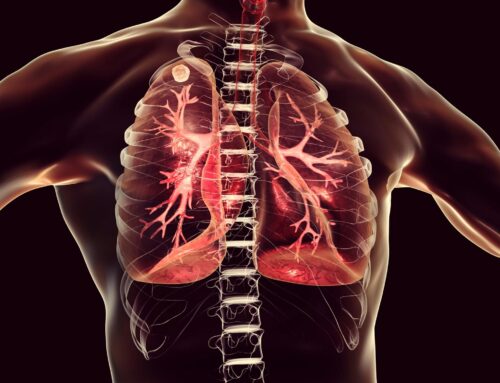Study finds a steady decline in mammography use by breast cancer survivors
The rate of mammography use by breast cancer survivors has steadily declined since 2009. This happens particularly among younger survivors, according findings published today in the Journal of the National Comprehensive Cancer Network.
The investigators reviewed a nationwide commercial claims database to review annual mammography rates in patients ages 40 to 64 years with a personal history of breast cancer diagnosis. For survivors between ages 50 and 64, they found approximately 74% were getting annual mammograms from 2004-2009, but the rate slipped to 67% by 2016. For the 40- to 49-year-old group, annual mammography rates held steady at 70% from 2004-2009 before dropping to 57% by 2016.
“I was surprised that we saw declines in mammography use among patients who were continuing to see their cancer specialists. It suggests we are seeing less frequent mammography participation even among those who are otherwise engaged in their cancer care. Our findings suggest we need to reinforce the importance of annual mammograms with our patients who have had breast cancer. We also need additional studies to better understand the barriers that are leading to fewer mammograms,” Lowry said.
Annual Rates
According to the results, annual mammography rates declined by approximately 1.5% per year from 2009-2016 overall. That rate of decline jumped to 2.8% for survivors 40- to 49-years-old. The study authors note this is particularly concerning given that younger patients are more likely to develop aggressive tumors and also have a longer remaining life expectancy.
The results were examined by recency of surgery or primary care visit, neighborhood racial and socioeconomic demographics, geographic region, and deductible costs. The data were not conclusive on which specific factors are driving the decline.
“More research—through qualitative interviews—is needed to further define the barriers to care and optimal strategies for improved mammography retention in survivorship,” commented Dr. Amy M. Sitapati of University of California San Diego Moores Cancer Center, who was not involved in this research.
The study time period concludes before the start of the COVID-19 pandemic. Researchers agree this has been detrimental to cancer screenings in general. Learn more about the importance of returning to pre-pandemic levels for cancer screening and treatment at NCCN.org/resume-screening.
Source:
Journal reference:
Lowry, K.P., et al. (2022) Trends in Annual Surveillance Mammography Participation Among Breast Cancer Survivors From 2004 to 2016. Journal of the National Comprehensive Cancer Network. doi.org/10.6004/jnccn.2021.7081.








